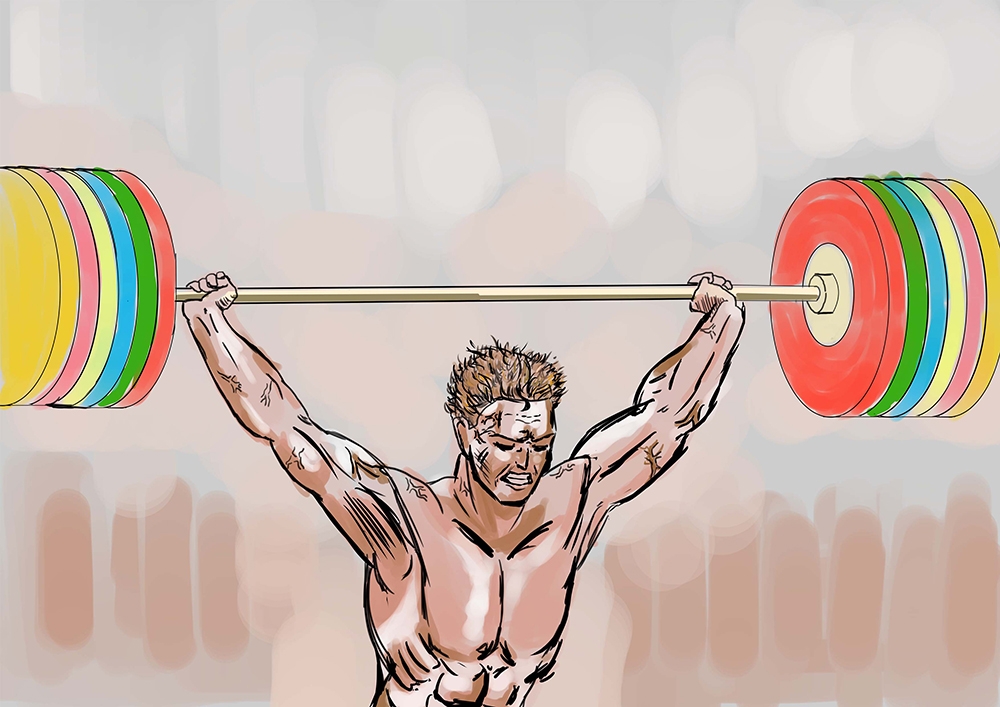Jodie Vanderslot | Staff Writer
Featured illustration: More and more gym enthusiasts are hopping on the powerlifting bandwagon. | Cedric Wong
Squat. Bench. Deadlift. Repeat.
Powerlifting is the trendy new routine among gymrats that’s really picking up. Recently, the sport has increased in popularity among both males and females, and the choice to do so is not one that is taken lightly.
Powerlifters have a very different training and diet regime compared to that of your average gym-goer or body builder.
Powerlifting focuses specifically on three exercises: the squat, bench press and deadlift. Training is intended to build muscle with the goal of lifting the heaviest possible cumulative weight. In competitions, your heaviest weight for each category is added to your total. The individual who has lifted the most collective weight wins.
Its counterpart, bodybuilding, relies heavily on two phases, known as bulking and cutting. This is to ensure that the individual is putting on as much muscle mass as possible while reducing fat to emphasize muscle definition and tone. In comparison, powerlifting promotes maximum strength rather than muscle definition.
Powerlifting involves lifting heavy weights in fewer repetitions and training in resistance and technique. This is accomplished through the addition of chains, specialty bars and bands, altering the movement and practicing the most effective and safe way to lift.
Assistance or auxiliary exercises are used to customize and broaden one’s powerlifting and add muscle mass in other areas of the body. A wide stance is typically used when squatting, a position in which one’s hips are squared off, however if the aim of the workout is quad development, then a narrower stance is needed with upright posture.
In all workouts, proper technique and form is crucial. Powerlifters’ bodies are under constant stress and their nervous system is under a great deal of pressure.
While powerlifting can have many benefits, there is also a risk of injury, especially when lifting large amounts of weight. Some of the most common injuries that powerlifters experience are shoulder- and back-related.
The most important consideration when powerlifting is using proper form. Poor form can lead to serious injury when lifting lower weights, but when a lifter is consistently trying to lift more weight each time, form is exponentially more important to avoid getting seriously hurt.
For many, powerlifting is a hobby and a lifestyle. Powerlifters are focused on their own personal progress and their technique, meaning that they are competing with only themselves and the goal is improvement.
A lot can be learned from powerlifters, whose work ethic and commitment are a true testament to the determination and power of not only physical ability, but also mental.
If you’d like to learn more about powerlifting and olympic lifting, Tait is offering a class on the proper form for olympic weightlifting on the weekend of April 1 and 2. Visit the Recreation section of the Lions’ website and register through RecYork Online.


